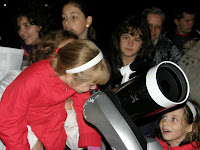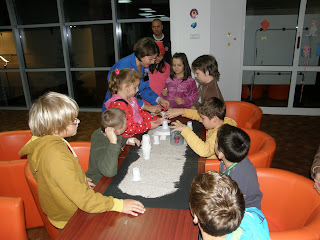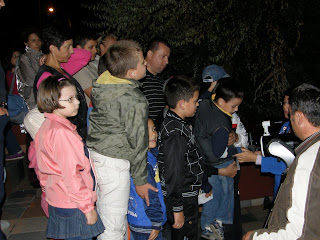Dec 22, 2010.
Compared with other areas on Earth, Mars is inhospitable, even compared to Antarctica. But compared with other terrestrial planets, Mars appears almost friendly.
Are there necessary elements for life?
Can we ever colonize Mars?
We explored the planet Mars and we constructed a base with all the elements necessary for survival on this planet.
Mission: Destination Mars.
Mission engineers: Adrian and Narcis, the most experienced members of the Astronomy and Space Sciences Club. They are smart and passionate about science and engineering, they built ARES V rocket and designed a base on Mars.
The rocket is on the launch platform.
Mission Pilot: Elena. Brave and fast, these words describe Elena best. She made a perfect landing in a very short time.
Specialist in robotics: Dumitra. She is smart and enthusiastic. She managed many ideas to rover repair.
The team is excited and eagerly await the launch toward Mars.
5,4,3,2,1 Lift Off!
Mission Accomplished!





















































